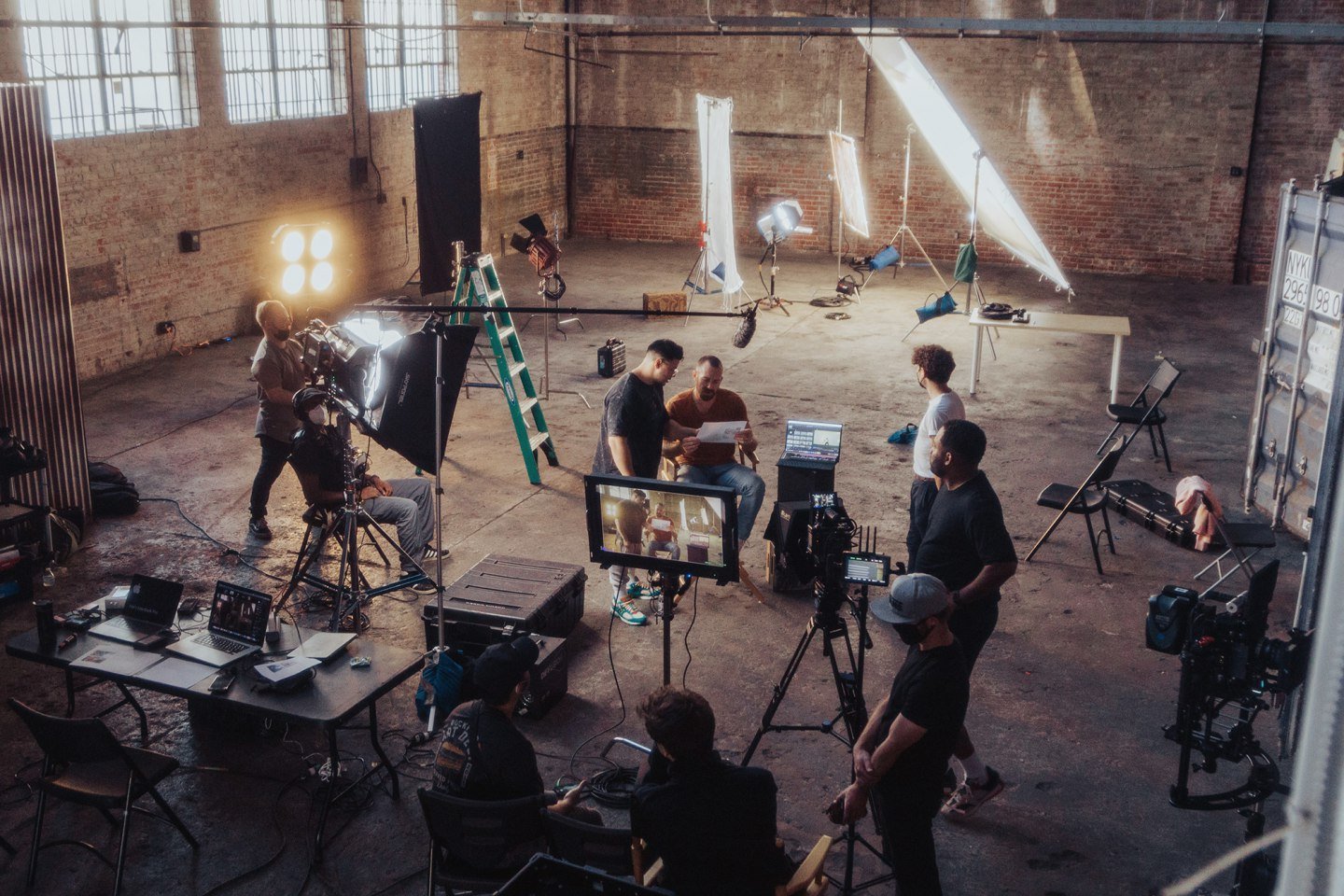Mastering Budgeting and Forecasting in AV, Events, and Media Production

In the dynamic world of AV, media, and event production, the budgeting and forecasting process is essential—not just for financial survival, but for long-term success. With shifting project scopes, tight turnaround times, and irregular cash flow, managing budgets isn't just about tracking expenses; it’s about ensuring the financial direction of your business aligns with your creative and operational goals.
Why Budgeting and Forecasting Are Vital in Production
The budgeting process allows you to create a structured annual budget that accounts for expected revenues and fixed or variable costs during a specific period. Unlike budgeting, which tends to be static, financial forecasting tells a more dynamic story—using real-time data, historical data, and current trends to estimate future financial outcomes.
Budgeting and financial forecasting give your management team the tools to:
- Understand how much revenue you need to meet financial goals
- Allocate resources efficiently across multiple projects or departments
- Respond to changes in business conditions and market demand
- Improve long-term cash flow management
This approach is particularly useful in industries like AV and events, where income is project-based, and production timelines are often unpredictable.
Key Differences Between Budgeting and Forecasting
While budgeting and forecasting are often used together in the planning process, it’s important to understand how they differ:

Together, they form a complete financial roadmap, supporting decisions across your entire business.
What the Budgeting Process Looks Like in AV & Events
The budgeting process starts with a business plan that outlines your financial resources, revenue streams, and cost structures. You'll need to:
- Analyze historical data – Use past project costs and previous budgets as a benchmark for future planning.
- Build your income statements – Identify all expected income sources, from client retainers to one-off gigs.
- Categorize expenses – Break down fixed costs (e.g., insurance, lease fees) and variable costs (e.g., overtime, travel).
- Establish budget goals – Align your spending with financial targets for growth, debt reduction, or capital expenditures.
Once your annual budget is in place, revisit it throughout the year to track your actual performance and update financial forecasts accordingly.
Forecasting Budgeting for Future Financial Outcomes
Forecasting goes beyond tracking—it anticipates. It’s a forward-looking tool that helps identify trends, prepare for financial challenges, and model various outcomes based on independent variables (like market conditions) and dependent variables (such as crew availability or equipment costs).
Key components of a strong forecasting process include:
- Financial forecasting estimates based on past project performance and future sales
- Rolling forecasts that adapt to shifting client timelines or event schedules
- Variance analysis to compare your actual results against expected performance
- Scenario planning to prepare for changes in business activities or economic trends
Using forecasting software can help automate these forecasting activities, providing real-time updates on key metrics like cash flow, income, and projected expenses.
Forecasting Challenges in Creative Industries
One of the most common forecasting challenges in production work is handling irregular income and last-minute changes. Events get postponed, shoots go over budget, and clients delay payments. These realities make traditional forecasting difficult.
To overcome these issues:
- Use historical data and previous budgets to identify patterns
- Build in contingency funds for unexpected expenses
- Review forecasts monthly, not just annually
- Adjust the budget period if your business operates on seasonal cycles
Strong budgeting and forecasting efforts ensure you're not caught off guard when business conditions shift.
Managing Budgets in Real Time
To successfully manage budgets throughout a project:
- Monitor your cash flow consistently, especially during peak production seasons
- Track your financial statements and balance sheets to stay on top of outstanding invoices and expenses
- Involve your team in financial planning—crew leads and project managers can contribute valuable insights into cost drivers
- Evaluate your key performance indicators (KPIs) regularly, such as profit margin per project, average turnaround time, and overhead ratio
Real-time tracking allows for informed decisions during fast-paced project cycles and ensures you're aligned with business goals even when the scope changes.
Key Takeaways for Production Professionals
- Budgeting is about setting limits; forecasting is about anticipating change.
- Use past performance as your foundation, but adapt based on current trends and expected revenues.
- Implement forecasting software if you manage multiple clients, complex schedules, or rolling deliverables.
- Regularly assess actual performance to update your company’s budget and business plan accordingly.
- Stay agile: flexible budgeting and forecasting processes allow you to pivot as opportunities or challenges arise.
By integrating budgeting and forecasting into your business strategy, you move from reactive to proactive. Whether you’re running a small studio, freelancing, or overseeing a larger AV team, strong financial planning is key to delivering creative work without compromising your bottom line.
FAQ
Frequently asked questions
No items found.
Previous blog posts

Mastering Event Planning: How a Budget Template Can Save Your Day
Mastering Event Planning: How a Budget Template Can Save Your Day

Understanding Job Costing Software: A Simple Guide for AV, Media, and Event Production Industries
Understanding Job Costing Software: A Simple Guide for AV, Media, and Event Production Industries

